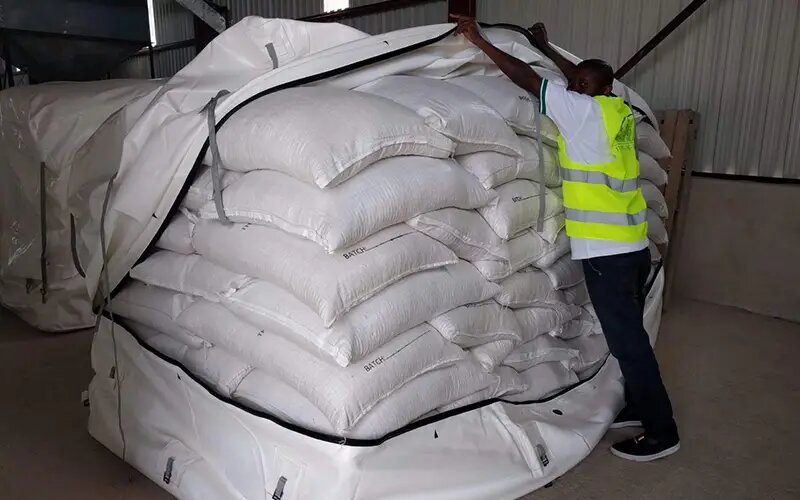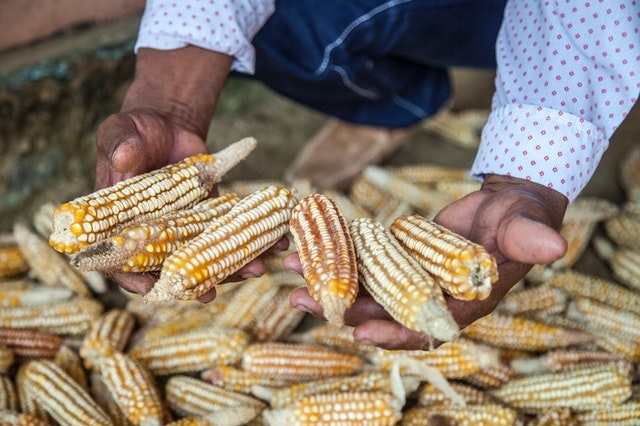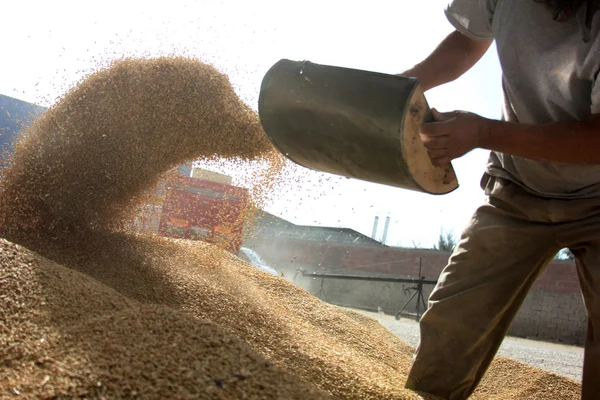Why do businesses fail? In this article, we will explore the top 9 reasons of business failure in Africa.
Do you know that 95% of the Kenyas businesses are informal? Many of them are classified as micro, small and medium enterprises (MSMEs). They are characterised with illiquidity, unprofitability and poor business practises like record keeping or strategic planning. Their are very vulnerable and record high rates of failure.
Using agriculture businesses for reference, learn the top 9 reasons why business fail in Kenya and how to solve it.
Subsistence Operations
Most small farms have informal operations, mismanage their cash and other farm assets. It stems from where they venture into do it as a lifestyle or a hobby. Instances are growing a crop without proper market research, lack of record keeping. Others are running firms without observing legal, tax and guidelines like licensing.
The other aspect of unprofessionalism among small farmers is cash handling. Many use all their proceeds for personal needs. It will hurt the future ability to expand and grow. You will have low funds to buy farm inputs and pay workers on time. Accessing a loan from a commercial bank is impossible without accounts.
Lack of Business Planning
Innovation is needed to start and grow a business. The farming sector has a low entry barrier hence it attracts many investors. They depend on scripted success stories from the media and peers. If you copy them and expect the same results, your small farm will fail. You will face flooded markets with similar products for this challenge. You may also end up investing in an unprofitable value chain.
An example is the Quail farming in Kenya craze back in 2013. It left some farmers very rich; others nurse their regrets to date. At the height of the boom, early investors would rake in Sh100 per egg. Many laggers entered the market when it was flooded , the prices were low and could not make a single sale before the bubble could burst.
Many imitators lack a strategic plan or a business plan of where they wish to be. Without a vision, they run haphazard operations without focus. You will find a farm doing badly in over ten crop and livestock value chains. Since they lack a niche or target market, they produce expecting buyers will buy what they offer.
Poor Risk Management Practises
Natural calamities are a threat to the success of small farmers. Climate change and weather-related effects like droughts and floods are among the worst risks to modern farming. They can easily wipe out a farmer’s profits.
Other risks that are beyond farmers control include.
- Pests and diseases attacks, the most recent in the country is the desert locust invasion. Kenya is currently combating a second wave.
- Trade wars between governments like the US and China trade war of 2020 meant low access to international markets.
- Social or political like civil unrests and worker strikes disruptions.
- The COVID-19 Pandemic spread control policies that affected farms production, processing and marketing and travel.
- Erratic macro-economic instability such as high interests, exchange rates and inflation
Invest in Networking
Many farmers lack relevant training or experiences to grow crops or rear animals. Apart from getting low-quality goods, your customers will have low satisfaction. You will have high chances of failure.
Low exposure to the latest trends in farming, funding and legal climate is another cause. With little advice on growing processing and marketing, you can only make a loss. They reject most of their products in the markets. It fails on food safety measures like the maturity index or chemical residues.
Many farmers do not link with other market players like input sellers, bankers and buyers. This limit many of them from accessing debts, markets and advice. As a result, the operations of many remain low.
Lack of Compliance with set Laws and Regulations
Successful farming must comply with you country’s agriculture laws and regulations. These set rules, strategies and policies. They are practices on how to produce, handle and market safe foods fit for human consumption. Other laws are concerned about nature, taxation and workers’ safety and hygiene.
Laws can prohibit or support success for small farms. India has been facing large farmer unrests these first weeks of February 2021. It is after the county enacted agriculture laws that harm small farms’ success. Examples of bad government policies that cause small farms failure are;
- Land use and governance laws
- Expensive or tedious licensing and certification laws
- Lack of subsidies
- Low budgetary allocation and funding of the agriculture sector
Lack of Value addition
Most small farms are unprofitable. They mostly sell their eggs, milk or fruits at a lower price than its production cost. Many cannot access markets and rely on brokers who exploit them. Another cause of low prices is high competition from efficient large farms.
As small-scale producers, they suffer high production costs by growing in small volumes. Other causes are high taxation on farm inputs, fuel and labor. The lack of a minimum wage to cover farmers’ production cost is another profits challenge.
Lack of protection from foreign farms and businesses is another reason. They flood markets with cheaper and low-quality goods from abroad.
Over Ambition
Small farms need adequate funds to buy farm inputs, pay workers and other utilities. Many of them are unprofitable and lack incomes to fund growth. They suffer from failing to access debts or face a crisis trying to repay.
Youth and women farmers in Africa lack assets or farm records to give as collateral for bank loans. Besides, information on other sources of financing, donations and grants is limited.
A few farmers who can access debts for start-ups or business expansion cannot repay them on time. They either restructure them or face auctioning. Sometimes, debtors face mental illnesses causing suicide.
Poor Infrastructure
Access to water, roads and electricity is another reason a small farm may fail. Without access to adequate infrastructure, they cannot process or preserve foods. The raw produce they sell can only attract low farm gate prices. It also causes high instances of post-harvest food losses. Other facility needs are cold rooms and waste management services.
Poor access to amenities contributes to rural-urban migration. Fewer people mean a smaller market for products and workers. The remaining population is old and lacks access to the latest information and technology.
Poor Strategic management
Most small farms lack a practical business plan. As a result, they execute over-ambitious or weak activities that cannot match their customer needs. Many people fall for a good or service without understanding its market dynamics.
Many agribusiness investors lack a strategic or business plan of where they wish to be. Without a vision, they run haphazard operations without focus. You will find a farm doing badly in over ten crop and livestock value chains. Since they lack a niche or target market, they produce anything, expecting buyers will buy what they offer.




Educative